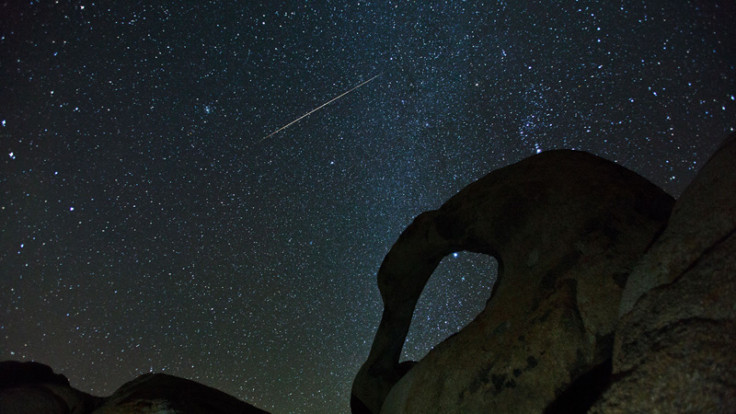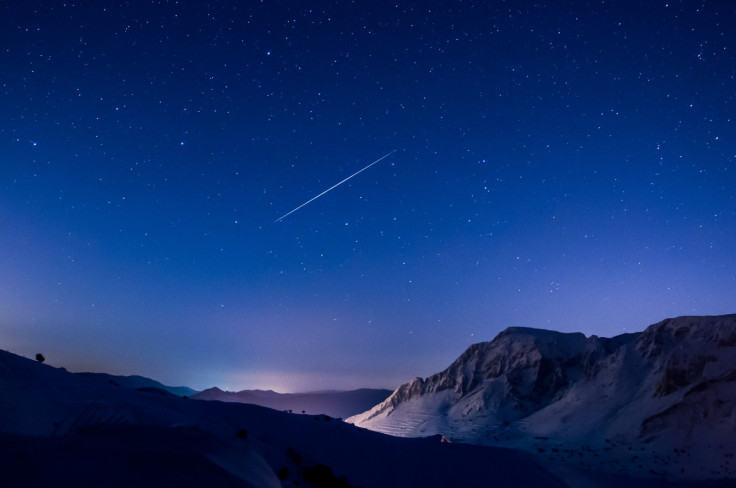Geminids 2014: How, when and what time to watch meteor shower display across the world

The Geminid meteor shower 2014 will peak on 13 and 14 December, having started appearing in the night's sky last week.
Geminids is one of the best meteor showers of the year for people living in the Northern Hemisphere, with up to 100 meteors per hour expected this year. It is visible across the globe, however.
How to watch
As the annual meteor shower takes place in December, those living in the Northern Hemisphere are advised to wrap up warm – temperatures in the UK are expected to be around freezing this weekend, so gloves, scarfs, hats and blankets will make the experience much more comfortable.
Nasa's Jet Propulsion Laboratory issued a guide as to how best view meteor showers – from inner cities to the dark countryside: "The best thing you can do to maximize the number of meteors you'll see is to get as far away from urban light pollution as possible and find a location with a clear, unclouded view of the night sky.
"Once you get to your viewing location, search for the darkest patch of sky you can find, as meteors can appear anywhere overhead."
It notes meteors always travel away from the constellation they are named after. However, the Geminids do not actually originate from Gemini and the shooting stars should appear across the sky in all directions from numerous constellations.
"Next, bring something comfortable on which to sit or lie down," the JPL guide notes. "While Mother Nature can put on a magnificent celestial display, meteor showers rarely approach anything on the scale of a July 4th fireworks show. Plan to be patient and watch for at least half an hour. A reclining chair or ground pad will make it far more comfortable to keep your gaze on the night sky."
Finally, people should let their eyes adjust to the dark for about half an hour. While visible with the naked eye, stargazers can also get a better view with a pair of binoculars or telescope.
When to watch

The Geminid meteor shower is best viewed between 9pm and 10pm local time, before the moon rises, brightening the night sky and making the shooting stars less visible. However, shooting stars will be visible throughout the night until dawn.
The meteor shower will be taking place from 4 December through to the 17 December – albeit at a lower rate per hour. So if you miss the shower on the night of the peak, there are other opportunities to see the Geminids.
It is also worth checking the weather ahead of viewing – a clear night is required to see the meteors.
What time to watch
While the meteor shower will be best viewed from about 9pm local time in all parts of the world, Timeanddate.com has created a guide that tells stargazers the time, direction and altitude of the Geminids – more details can be found here.
Spaceweather.com has also put a guide together according to where you are in the globe. From the mid-Northern latitudes, Gemini rises after sunset and is overhead about midnight – so ideally before midnight on 13 December is ideal – this will suit people in Europe, North America, northern Africa and western Asia.
People in East Asia will see most shooting stars just before dawn on 14 December, while people in New Zealand and Australia can expect to see most between 1am and dawn.
Those watching from the Southern Hemisphere will see fewer shooting stars because the constellation does not rise as high in the sky. However, the brightest meteors should be visible in Southern Africa and South America around 10pm, with more appearing between midnight and dawn.
© Copyright IBTimes 2024. All rights reserved.









